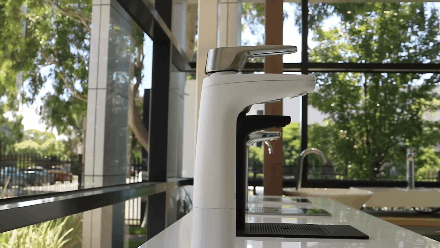
October 15th
Global Handwashing Day
Washing hands is a common practice that people do every day, even multiple times a day. It’s an essential part of being healthy because it helps protect against viruses, bacteria and other harmful substances stuck to the hands, especially in the autumn and winter seasons. Hand hygiene is so important that it’s recognized annually on Global Handwashing Day.

Celebrated on October 15th each year, Global Handwashing Day is a day of global advocacy dedicated to promoting handwashing as an easy, effective and affordable way to prevent diseases. This year’s theme, “Our Future is at Hand – Let’s Move Forward Together,” is endorsed by governments, schools, international institutions, NGOs, private companies and more.

Global Handwashing Day calls on all parts of the world to pay attention to the simple but imperative action of handwashing. It serves as a reminder of the importance of washing hands frequently with soap or hand sanitizer as a way to save lives. In addition, it encourages people to support healthy behaviors and develop habits of cleanliness, and encourages governments and communities to improve environmental sanitation, including hand washing facilities.

Washing hands well is more significant than people realize. It plays a major role in avoiding sickness and spreading germs to others. Many diseases and conditions are spread by not washing hands with soap and clean water. Throughout the day, people’s hands are constantly in contact with objects contaminated by viruses and bacteria. By not washing their hands well, pathogens can enter the body through their mouth, eyes and nose. From the common cold to more serious infections, washing hands regularly can prevent the spread of many diseases.
Six Common Misconceptions about Handwashing
1、Handwashing needs to be long. Generally, just 20 seconds is needed to wash away germs on hands.
2、Rinsing with clean water is sufficient. Hand sanitizer or soap is necessary to wash away viruses and bacteria.

3、Washing hands in a washbasin cleans hands. After washing hands in a washbasin several times, the water becomes polluted so hands are still dirty and contaminated.
4、Scrubbing with a lot of soap or hand sanitizer is necessary to clean hands. Lots of hand cleanser when washing can be difficult to rinse off and excessive rubbing may cause inflammation of the skin, making it is easier for bacteria to inhabit.

5、Dry hands with a towel. It’s ideal to dry hands naturally or wipe dry with a disposable paper towel since towels retain germs and can infect clean hands.

6、Replace handwashing with hand sanitizer or wipes. Hand sanitizer and wipes used repeatedly do not remove all germs. Neither should replace handwashing.

Seven Steps for Properly Washing Hands
Step 1
Wet hands with water and apply enough soap to cover the surfaces of each hand.

Step 2
Wet hands with water and apply enough soap to cover the surfaces of each hand.

Step 3
Interlace fingers and rub soap between each finger; alternate hands.

Step 4
Rub the soap into each thumb and palm.

Step 5
Rub the soap into the back of each hand.

Step 6
Rub soap onto each wrist area and wash.

Step 7
Rinse the soap off completely and dry hands.

Handwashing is just as important as drinking water every day to protect one’s health. With filtered water, people do not have to worry about contaminants.
Despite Many Choices, There Is Only One Solution: Life Solutions
(Click the image to find out more)
Life Solutions is committed to providing, installing, and maintaining water filtration systems that provide high-quality drinking water. Along with its professional services and education programs, Life Solutions helps improve people’s health.

Our professional, reliable and responsive team
Additionally, Life Solutions upholds its social responsibility by participating in plastic recycling activities as well as donating water filtration systems and after-sales services to charities so more people to have access to clean, quality drinking water.
Yangtze River Plastic Recycling program
(Click the image to find out more)
Images credit:
www.pexels.com
Content material:
collected from the internet





